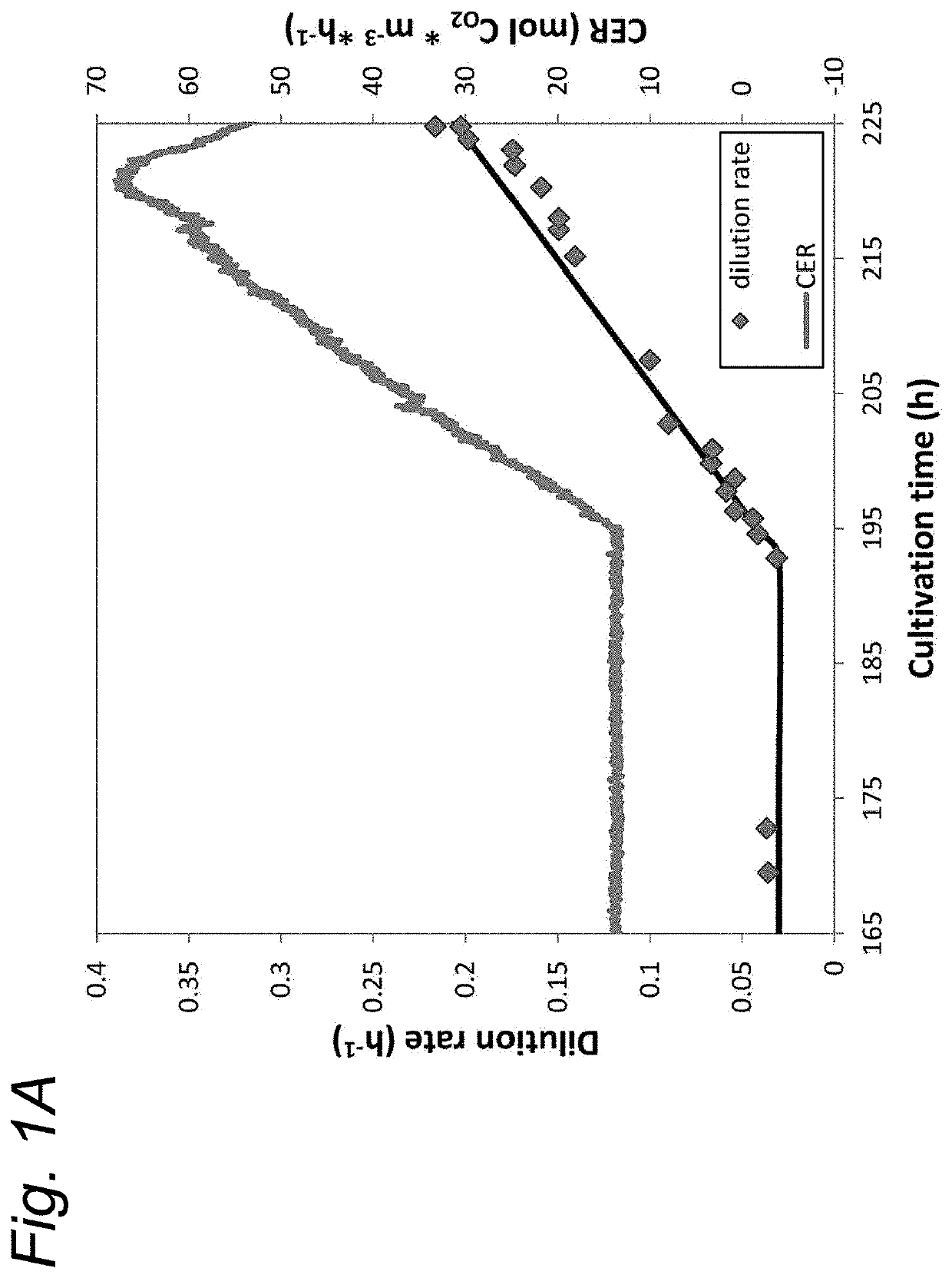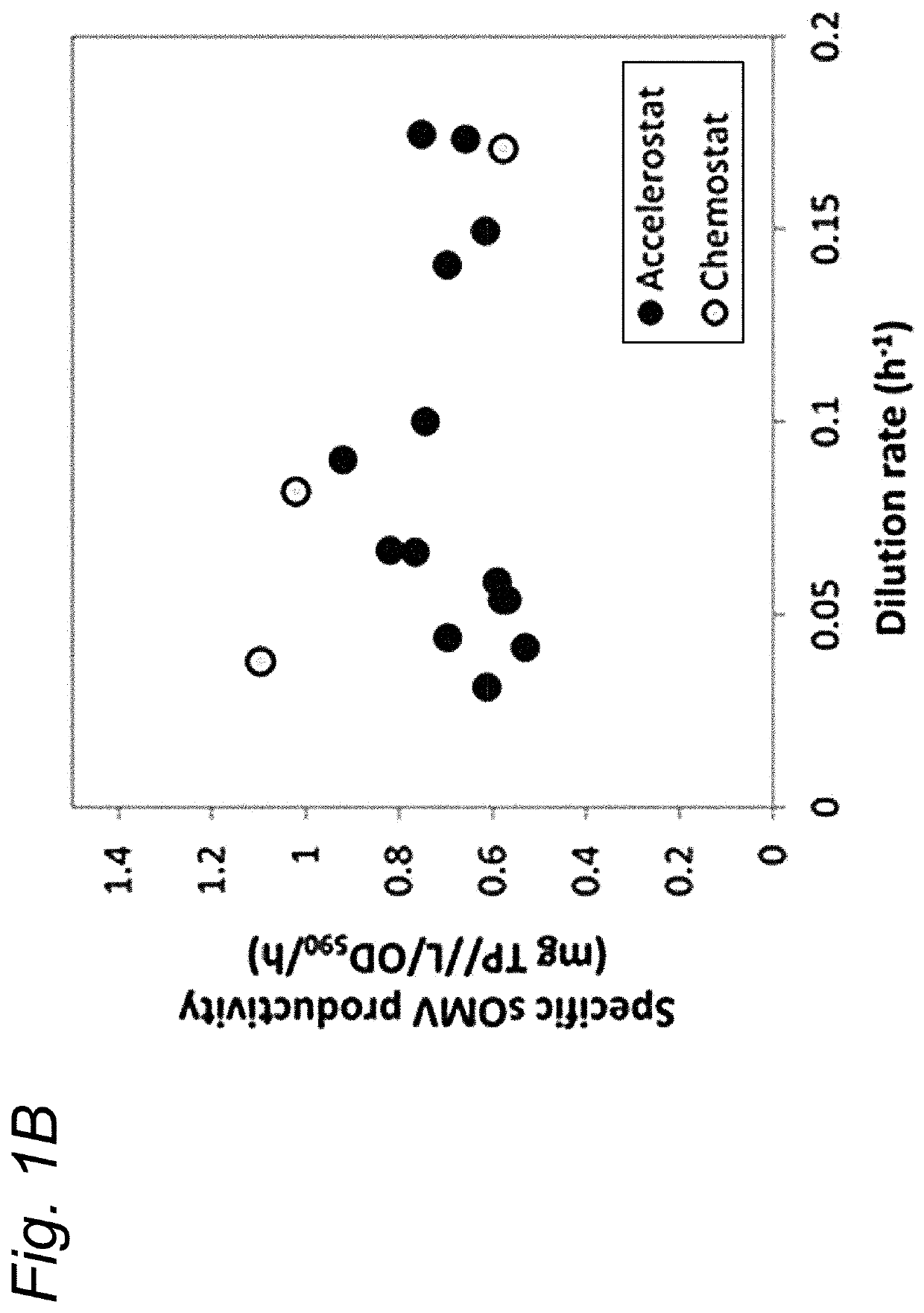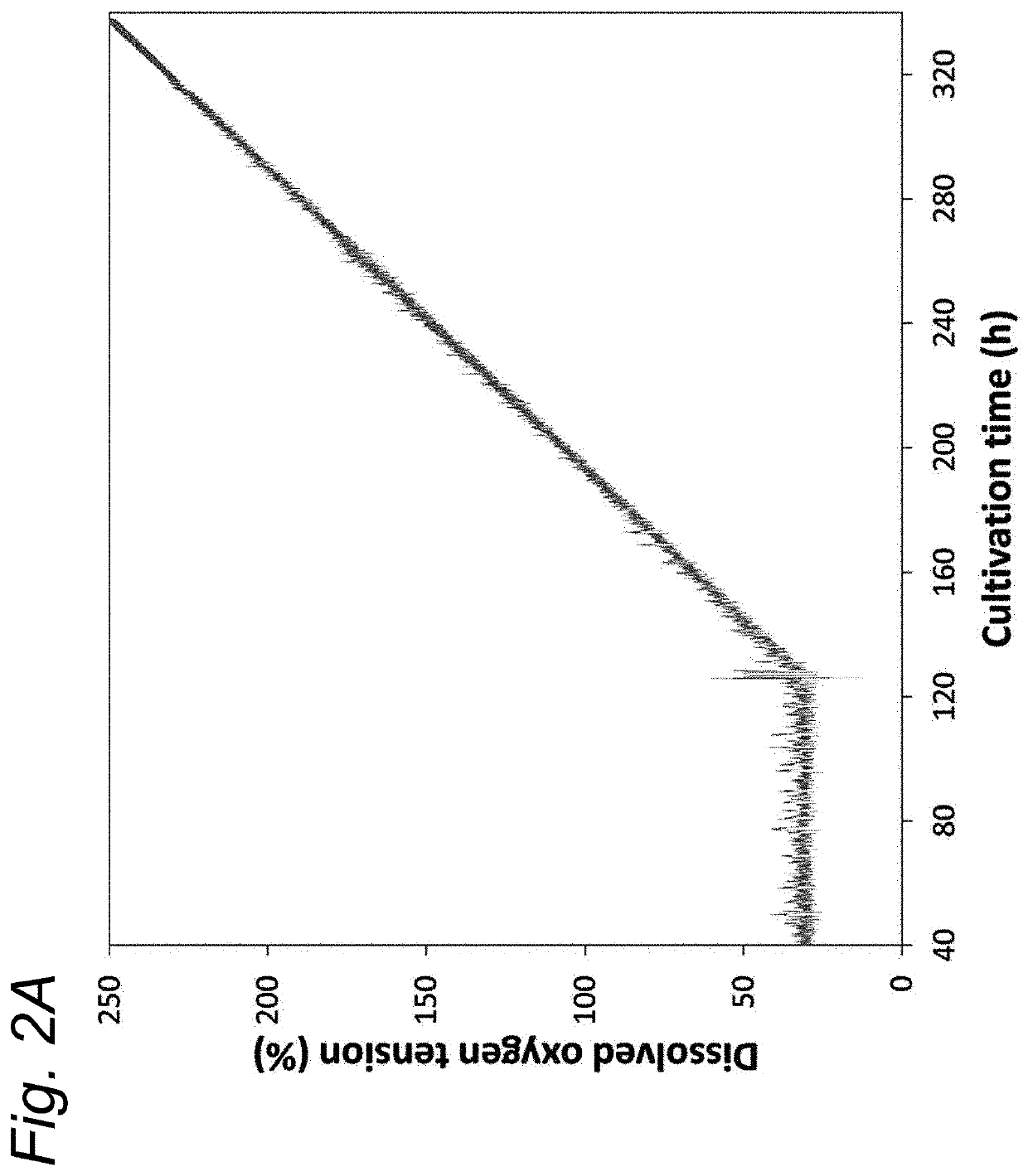An improved process for producing outer membrane vesicles
- Summary
- Abstract
- Description
- Claims
- Application Information
AI Technical Summary
Benefits of technology
Problems solved by technology
Method used
Image
Examples
example 1
Materials and Methods
Bacterial Strains
[0063]A recombinant derivate of the N. meningitidis serogroup B isolate H44 / 76 (Holten 1979) was used in this study. The selected strain was a PorA lacking derivate of the H44 / 76 isolate. This strain has a non-encapsulated phenotype due to the siaD knockout, lpxL1 deletion to attenuate LPS-toxicity, rmpM deletion to improve vesicle formation (unless indicated otherwise) and IgtB mutation to promote interactions with dendritic cells (Steeghs et al. 2006; van de Waterbeemd et al. 2010). This strain was stored in glycerol as working seedlots. All cultivations were performed in chemically defined growth medium (Baart et al. 2007b). Growth on sulfate was performed after adaptation since cysteine is the preferred sulfur source (Port et al. 1984). Adaptation was performed by sub-culturing the strain in shaker flasks with lower cysteine concentration and subsequent growth in medium without cysteine.
Bioreactor Cultivations
[0064]Batch cultivations were pe...
example 2
Materials and Methods
[0074]Escherichia coli
[0075]E. coli JC8031 (TolRA) was used for the DOT-changestat of E. coli (Espesset et al. 1994). A shaker flask culture was started by adding 10 μL of frozen glycerol stock (−80° C.) to 100 mL LB medium (Large Capsules: tryptone 10 g / L, yeast extract 5 g / L, NaCl 10 g / L, MP Biomedicals) and incubating the shaker flask at 37° C. for 16 hours. Bioreactor cultivations were performed on LB medium without antifoam with a maximum stirrer speed of 600 RPM at 37° C.
Bordetella pertussis
[0076]The B. pertussis vaccine strain BP509 was used in this study (van Hemert 1967). A chemically defined medium was used without magnesium sulfate (Metz et al. 2017; Thalen et al. 1999). The DOT-changestat was started similarly to the N. meningitidis cultivation described above, with a dilution rate of the DOT-changestat of 0.05 h−1. A 7 L Applikon bioreactor with 5.4 L working volume was used with H / D ratio of 2.2 based on total volume.
Results
[0077]The release of O...
discussion regarding examples 1 and 2
[0080]In this study we investigated external signals to induce OMV formation. Results show that growth rates from 0.03 h−1 to 0.18 h−1 do not influence the biogenesis of OMVs. Oxidative stress did trigger OMV release and could be applied directly to bioreactor cultures by increasing the dissolved oxygen tension of these cultures. Oxidative stress could be applied directly to bioreactor cultures by increasing the DOT of these cultures. DOT-changestat cultures show the Gram-negative bacteria to be capable of handling dissolved oxygen concentrations of up to 200% air saturation. Elevated DOT directly increased OMV release. OMV productivity was increased four-fold in a DOT-changestat culture at 120% DOT and three-fold in a batch culture controlled at 100% DOT. Applying increased DOT on E. coli and B. pertussis results in similar increases in OMV release indicating that this method is broadly applicable to Gram-negative bacteria.
[0081]The production of OMVs by oxidative stress could be t...
PUM
| Property | Measurement | Unit |
|---|---|---|
| Temperature | aaaaa | aaaaa |
| Length | aaaaa | aaaaa |
| Fraction | aaaaa | aaaaa |
Abstract
Description
Claims
Application Information
 Login to View More
Login to View More - R&D
- Intellectual Property
- Life Sciences
- Materials
- Tech Scout
- Unparalleled Data Quality
- Higher Quality Content
- 60% Fewer Hallucinations
Browse by: Latest US Patents, China's latest patents, Technical Efficacy Thesaurus, Application Domain, Technology Topic, Popular Technical Reports.
© 2025 PatSnap. All rights reserved.Legal|Privacy policy|Modern Slavery Act Transparency Statement|Sitemap|About US| Contact US: help@patsnap.com



